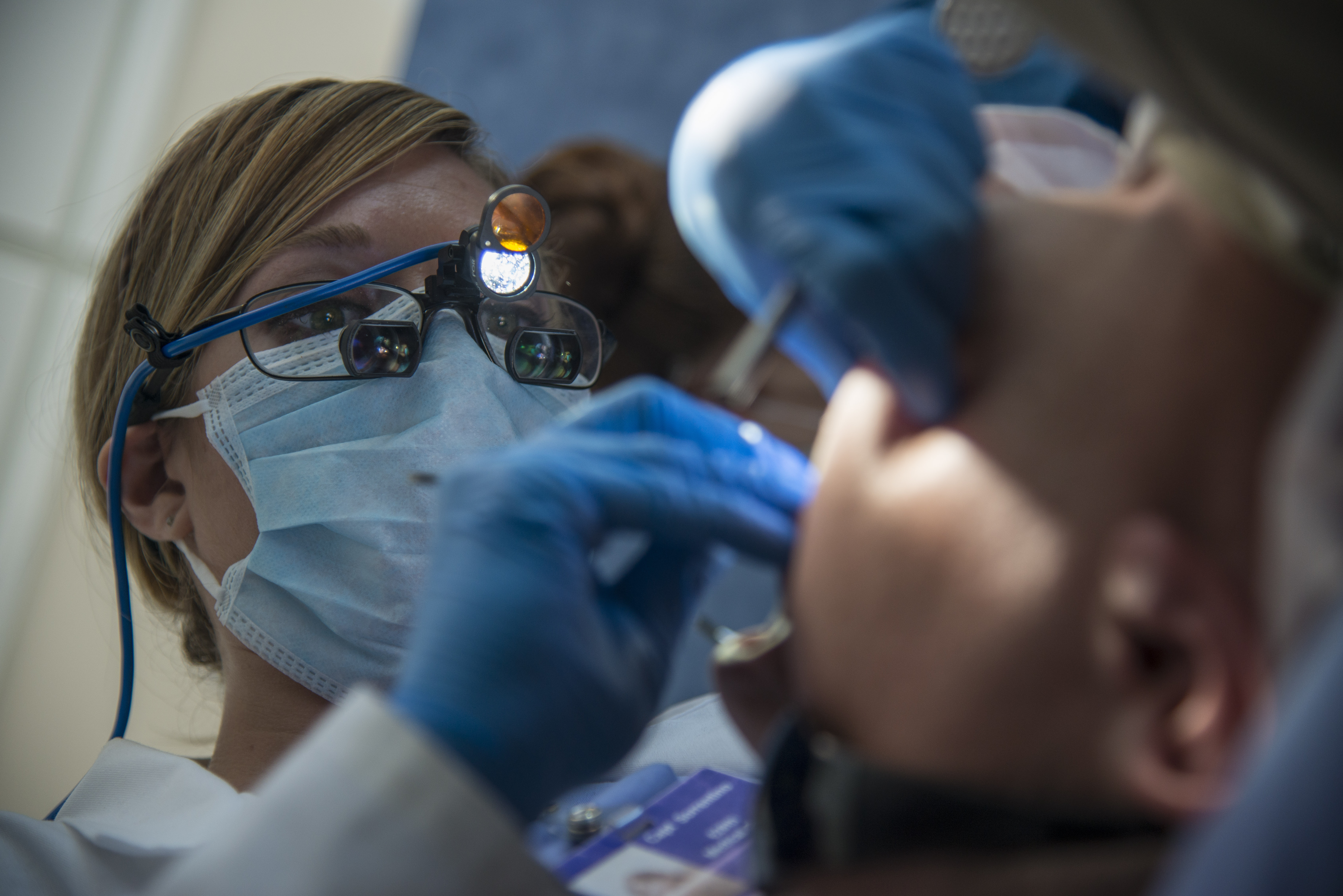Be proactive: pointers for safe and effective physical protection in the clinic

The incidence of occupational infections among employees in the health sector appears to be under-reported. There is no doubt that the most serious health risk to dental staff is due to infection by microorganisms such as viruses and bacteria. In addition there are other hazards that pose a health risk and require physical protection, such as nitrous oxide (“laughing gas”), radiation and noise.
The hazards dental clinicians face seemingly come from every facet of their working environment; long term exposure can potentially pose a serious threat to both health and well-being.
The effective use of protective equipment to safeguard against hazards in a clinical environment requires commitment, and a proactive and flexible mindset.
….the most serious health risk to dental staff is due to infection by microorganisms such as viruses and bacteria.flexible mindset.

….. to safeguard against hazards in a clinical environment requires commitment, and a proactive and flexible mindset.
Clinicians need to take into account why a need for protection exists in the first place, when to use physical protection and when to switch to other, more effective methods as conditions continually change, and with them the degree of exposure. Examples are the purchase of new equipment and the outbreak of new or altered microorganisms. For a full rundown of the hazards found in dental clinics and the most effective physical protective equipment against them, be sure to read our full article, published in Tandlægebladet.
Be vigilant and proactive
The selection and use of physical and other protective equipment must be ongoing, practical and scientifically based. Changing exposure conditions necessitate a continuous review of prophylactic routines to address the possibility of increased need for protection. The need for protection may extend beyond that specified in guidelines or clinical procedures, simply because physical protection contributes to general health and wellbeing.
